First of all, here for all readers a short video clip, at which place I carry out the measurements.
Now you got a short insight how I do it. With every measurement of latency a recording of FPS, frame times etc. is running in the background, otherwise these charts would not exist.
Here the two cards don’t give each other anything, everything moves well within the range of the measuring tolerance! If you’re wondering why the chart says (static), it’s simple: I took the latency measurements without moving the mouse or keyboard. As shown in the video! Why this topic (static or dynamic) is so important, you will learn in a moment! First, I’ll leave you with the following charts. They speak for themselves!
The blue curve with the kink is that of the GeForce card and we see here nicely all the evaluations of the percentiles and not only 1% low.
The frame times of the GeForce are a bit bumpier, which can also be seen very well. If not…
…I always recommend the variances at a place like this. Because there you can see it very clearly:
Don’t be surprised that the frame time may be a bit “all over the place” at first, this is due to my old measurement setup, here I have to switch from LDAT to the game and start recording, which is sometimes noticeable here. This has no influence on the latency, because the measurement of the latency starts after the recording. Since we are still in the CPU limit here, we should turn up the settings in the game a bit more. Let’s go.















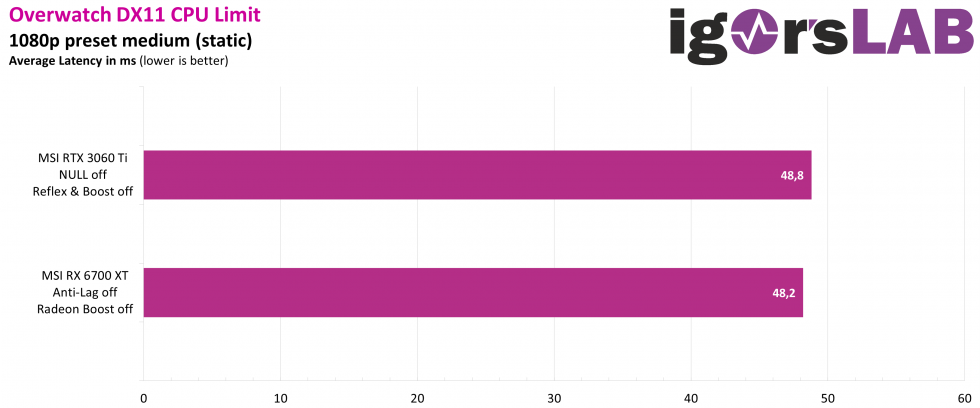
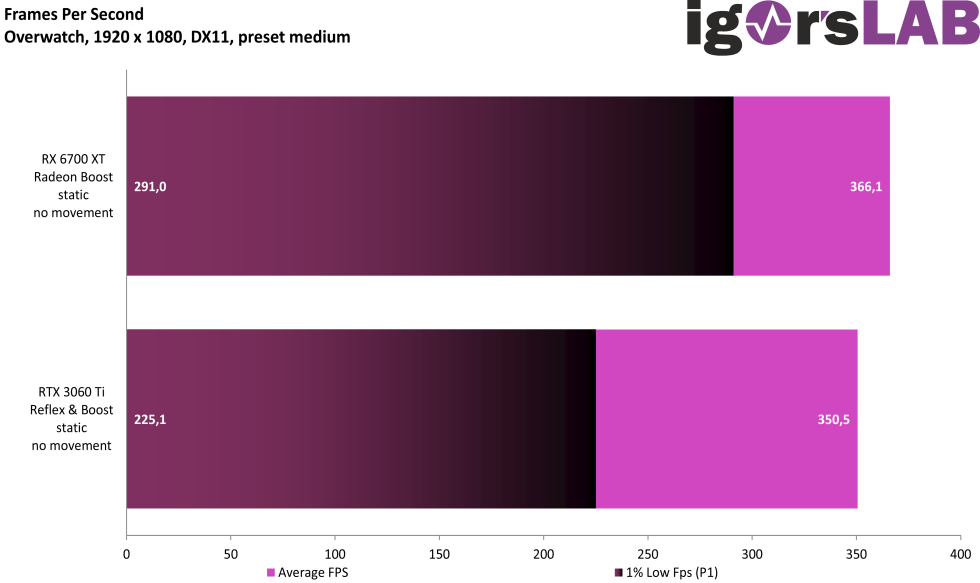
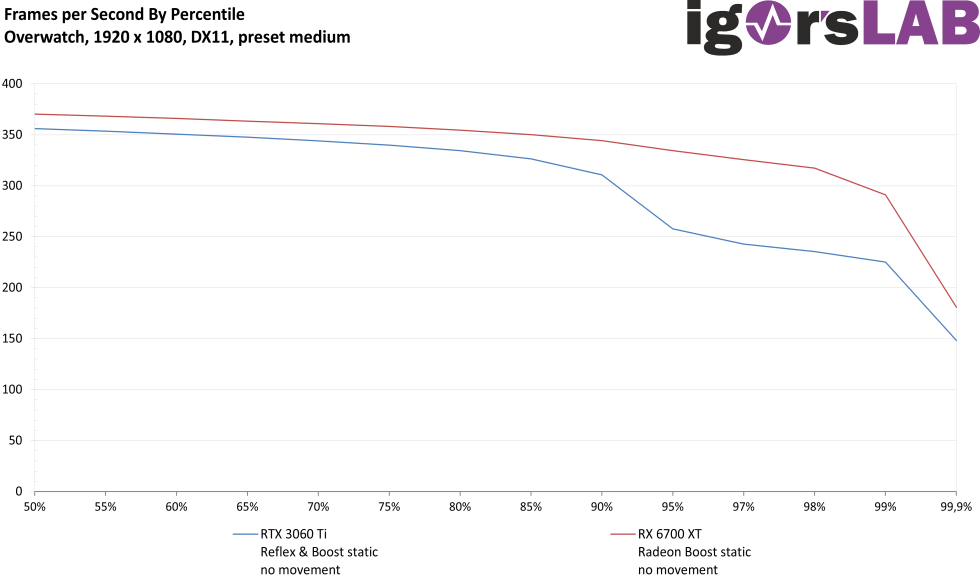
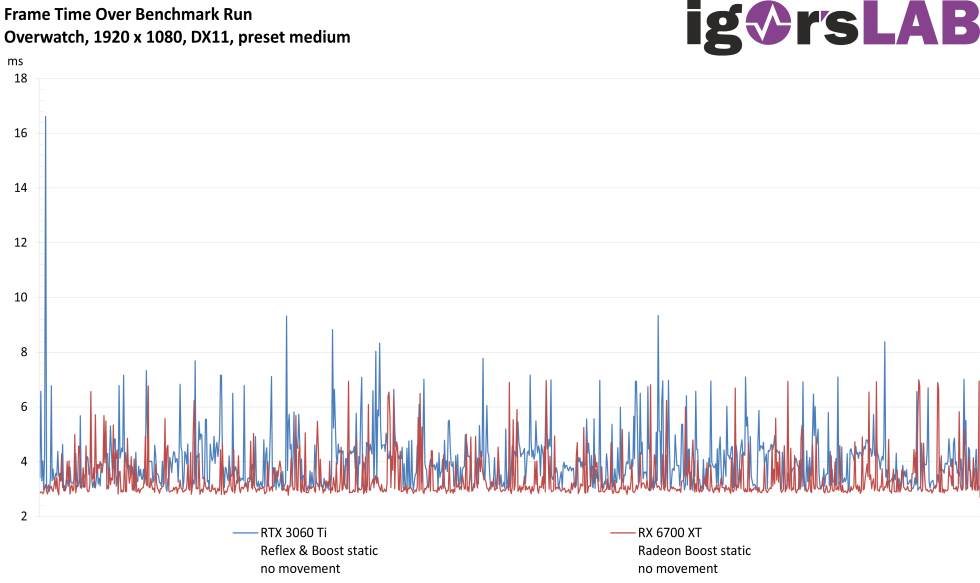
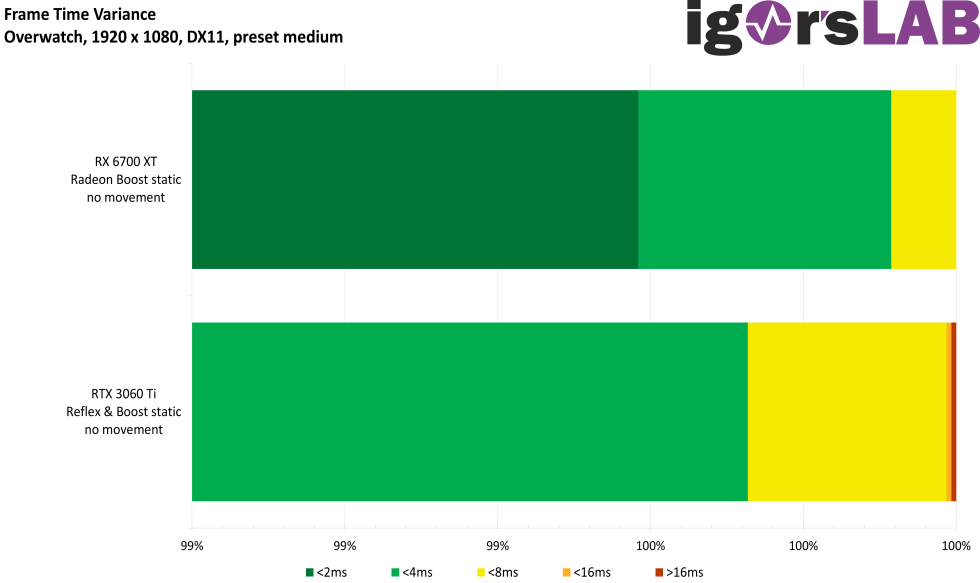


















Kommentieren